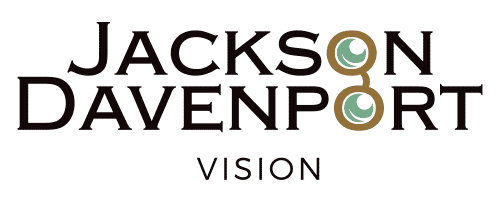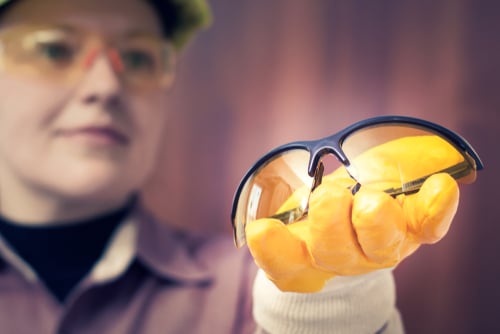Our eyes are precious and invaluable. They are one of the essential organs of the human body and play a vital role in our everyday lives. However, they are also one of the most delicate organs, prone to injuries, infections, and diseases. This is why protecting our eyes from potential hazards in our homes and workplaces is essential. In this blog, we will discuss the importance of eye protection, the various types of eye protection available, and the best ways to protect your eyes.
The Importance of Eye Protection
Eye protection is essential for everyone, regardless of age, gender, or occupation. Our eyes are exposed to various daily hazards, such as dust, debris, chemicals, radiation, and sports-related injuries. These hazards can cause severe damage to our eyes, leading to vision impairment, blindness, or even permanent disability.
Employees are exposed to a wide range of hazards that can cause eye injuries in the workplace. For instance, construction, manufacturing, and agriculture workers are at high risk of eye injuries due to flying debris, chemicals, and radiation. Similarly, healthcare workers are exposed to infectious agents, such as bloodborne pathogens, that can cause eye infections. Therefore, it is essential for employers to provide appropriate eye protection to their employees, as required by law, to prevent eye injuries and ensure a safe working environment.
In our daily lives, we may encounter various activities that can put our eyes at risk, such as playing sports, using power tools, cooking, and cleaning. Therefore, taking measures to protect our eyes from potential hazards is crucial.
Types of Eye Protection
Several types of eye protection are available, each designed to protect the eyes from specific hazards. The most common types of eye protection are safety glasses, goggles, face shields, and helmets.
Safety Glasses
Safety glasses are the most common type of eye protection designed to protect the eyes from flying debris, dust, and other small particles. They are made of impact-resistant materials, such as polycarbonate, and have side shields to protect the eyes from peripheral hazards. Safety glasses are available in different styles, such as prescription, non-prescription, and wrap-around glasses.
Goggles
Goggles are similar to safety glasses but provide more comprehensive eye protection. They are designed to fit snugly around the eyes, providing a barrier against dust, debris, and chemicals. Goggles are also available in different styles, such as direct vents, indirect vents, and non-vented goggles. Direct vent goggles allow air to circulate the eyes, reducing fogging, but they do not protect against chemical splashes. Indirect vent goggles, on the other hand, have covered vents that protect against chemical splashes but can cause fogging. Non-vented goggles offer the most comprehensive protection but can be uncomfortable to wear for extended periods.
Face Shields
Face shields protect fully against flying debris, chemicals, and other hazards. They consist of a visor that covers the face and can be worn over safety glasses or goggles. Face shields are commonly used in healthcare settings, such as during surgery, to protect the face from infectious agents.
Helmets
Helmets protect the head and face in hazardous work environments, such as construction sites and mining operations. They are designed to protect against falling objects, flying debris, and other hazards. Helmets may have built-in face shields or can be worn with separate face shields.
Best Ways to Protect Your Eyes
There are several best practices to protect your eyes from potential hazards, such as:
1. Wear appropriate eye glasses – Always wear proper eye protection when working in hazardous environments, playing sports, or performing activities that can put your eyes at risk.
2. Follow safety protocols – Follow safety protocols and guidelines established by your employer, such as wearing eye protection when required and properly storing hazardous materials.
3. Keep your workspace clean – Keeping your workspace clean and free of clutter can help prevent accidents and reduce the risk of eye injuries.
4. Wash your hands frequently – Washing your hands frequently can help prevent spreading of infections that can cause eye infections.
5. Avoid rubbing your eyes – Rubbing your eyes can irritate and increase the risk of infection. If you need to touch your eyes, ensure your hands are clean.
6. Maintain good eye hygiene – Maintain good eye hygiene by regularly washing your face and eyes with clean water, especially if you have been exposed to dust, debris, or other hazards.
7. Get regular eye exams – Regular eye exams can help detect eye problems early and prevent vision loss.
In conclusion, protecting our eyes should be a top priority for everyone. Eye injuries can cause permanent damage and, in some cases, even blindness. It is essential to wear appropriate eye protection when working in hazardous environments, playing sports, or performing activities that can put your eyes at risk. Employers should also provide proper eye protection to their employees to ensure a safe working environment. By following these best practices and taking proactive measures to protect our eyes, we can maintain good eye health and prevent vision loss.

